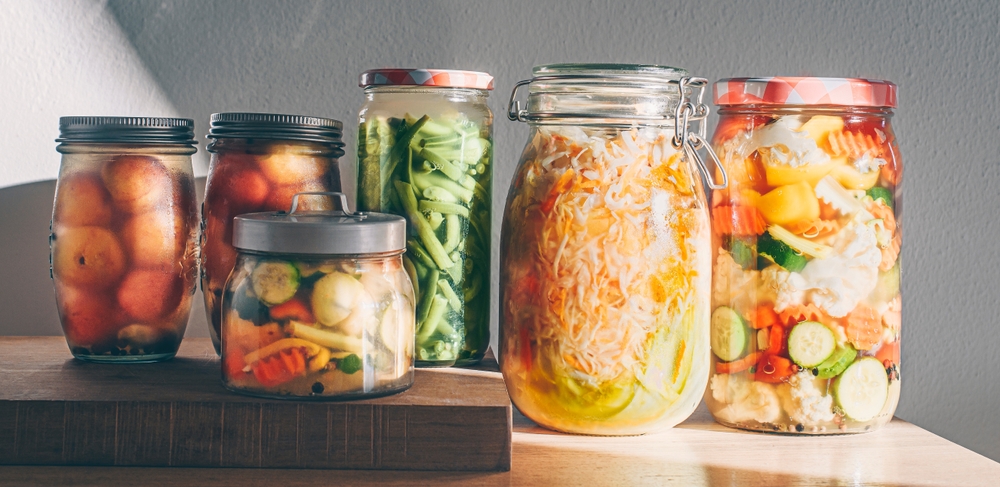Extracting maximum flavor from pantry staples
Learn practical techniques to amplify flavor using everyday pantry ingredients. This guide outlines approachable methods—seasoning, preservation, fermentation, infusion, pickling, marination, and caramelization—and offers practical tips on pairing and texture so you can create bolder, deeper tastes from what you already have on hand.

Every cook can transform simple pantry staples into dishes with rich, layered flavor by applying a few reliable techniques and an understanding of basic culinary chemistry. This article covers practical methods—seasoning, fermentation, infusion, pickling, marination, and caramelization—plus tips on pairing, texture, and preservation so you can extract more depth and satisfaction from ingredients you likely already own.
How can smarter seasoning improve pantry flavors?
Seasoning is the foundation of extracting flavor. Salt enhances sweetness, suppresses bitterness, and amplifies aromatic compounds; use it in stages, from seasoning raw ingredients to adjusting finished dishes. Acid—vinegar, citrus juice—brightens and balances fat. Dry spices and herbs introduce volatile oils; bloom them briefly in oil or toast spices to release essential oils and deepen aroma. Consider umami boosters like soy sauce, miso, anchovy, mushroom powder, or tomato paste to increase savory depth without adding sodium-heavy salt alone. Taste as you go and adjust for texture and balance.
What role does fermentation play with pantry items?
Fermentation is a preservation method that also generates complex flavors and umami through microbial action. Simple ferments—yogurt, kefir, sauerkraut, kimchi, sourdough discard pickles—turn basic ingredients into tangy, savory components that boost sauces, dressings, and cooked dishes. Fermented condiments like soy sauce, fish sauce, or fermented bean pastes can be used sparingly to lift a stew, soup, or roasted vegetable. Even short ferments, such as quick lacto-fermented cucumbers or onions, add brightness and complexity that punch above their humble ingredient cost.
How does infusion unlock new tastes from common ingredients?
Infusion extracts flavors into oils, vinegars, syrups, or spirits, concentrating pantry aromas for later use. Heat oil gently with garlic, citrus peel, herbs, or chili to create finishing oils; steep vinegar with fruit, shallots, or herbs for vinaigrettes; make simple syrups infused with spices or tea for cocktails and desserts. Cold infusions over hours or days (for delicate herbs or citrus) preserve fresh aromatics. Infusions are particularly useful for customizing flavor intensity and controlling which notes—sweet, bitter, herbal, floral—predominate in a dish.
When should you use pickling to enhance pantry staples?
Pickling preserves ingredients while adding acidity, crunch, and layered flavor. Quick pickles—thinly sliced vegetables in hot brine—take minutes to prepare and are ready in hours; they lighten rich dishes, add contrast to fatty proteins, and refresh textures. Traditional pickling with longer lacto-fermentation develops complexity and probiotics. Use pickled elements as condiments, palate cleansers, or texture contrasts: tangy pickles cut through creamy sauces, while pickled onions add brightness to sandwiches and salads.
What are effective marination principles for pantry cooking?
Marination tenderizes and infuses flavor through acid, oil, enzymes, and aromatics. Balance acid (vinegar, citrus) with oil to carry fat-soluble flavors, and include salt to season and draw moisture for better penetration. Enzymatic marinades—pineapple, papaya, ginger—work quickly but can over-soften proteins if left too long. Marinate vegetables briefly to avoid mushiness; tougher cuts of meat benefit from longer times. Use herbs, spices, fermented ingredients, and umami-rich sauces in your marinades to create depth before cooking.
Why is caramelization important and how do you achieve it?
Caramelization and the Maillard reaction produce the brown, savory, sweet, and nutty notes that define roasted, seared, and baked foods. To maximize these reactions, dry surfaces thoroughly, avoid overcrowding a pan, and use sufficiently high heat to encourage browning without burning. Sugars and amino acids in vegetables, meats, and even bread develop complex flavors when exposed to heat. Try roasting onions, carrots, or tomatoes to concentrate sweetness and create a base for sauces; deglaze pans with vinegar, wine, or stock to capture browned fond and fold it back into the dish.
Conclusion Extracting maximum flavor from pantry staples is a matter of technique and intention: season in layers, use fermentation and pickling for complexity and preservation, apply infusions to concentrate aromatics, employ thoughtful marination to impart depth, and encourage caramelization for savory-sweet richness. Pairing textures and balancing acidity, salt, fat, and umami will make everyday ingredients sing and expand what you can create from what’s already in your kitchen.





